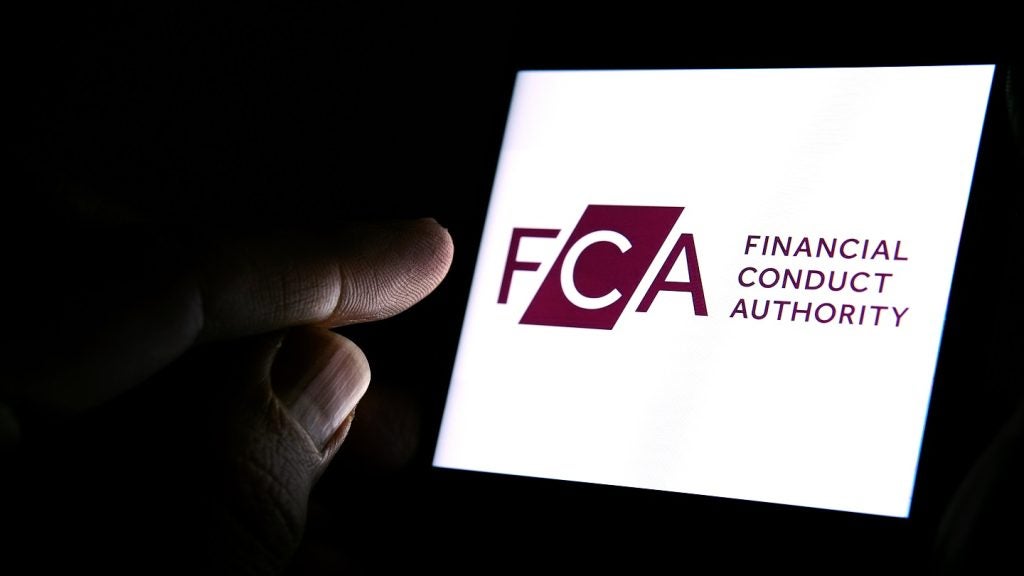Australia’s NAB has introduced speech
security software for its personal banking customers, an indication
perhaps that the widespread provision of voice biometric technology
is at last becoming a reality. Dan Jones spoke to Sam
Jackel, programme manager, direct channels speech programme, at NAB
Personal Banking.
National Australia Bank (NAB) has introduced speech recognition
technology across its telephone banking channel – a sign that the
long-anticipated technology may be finally gaining traction at some
of the world’s leading banks.
Speaking to RBI, Sam Jackel,
programme manager, direct channels speech programme at NAB Personal
Banking, said that the initial rollout of the service, which began
operating in June, had been met with “overwhelmingly positive”
feedback from customers.
“One of the most telling statistics is the
actual conversion rate that we’re getting of customers that are
agreeing to participate and roll into the service – it’s extremely
high, above 90 percent, and it’s certainly exceeding our
expectations at this stage,” said Jackel.
Following an internal pilot involving 2,000
staff in May, NAB has now opened up the service to its 3.3 million
retail banking customers, some of whom were also surveyed prior to
the launch.
“The general consensus was that the
convenience, simplicity, ease of use and particularly the
additional security sitting behind these features were very much
seen as positive things within the banking and finance sector,”
Jackel commented.

US Tariffs are shifting - will you react or anticipate?
Don’t let policy changes catch you off guard. Stay proactive with real-time data and expert analysis.
By GlobalDataFar from an easy ride
Historically, the implementation of
voice recognition software within the banking industry has been far
from smooth, in some ways mirroring the stuttering rollout of
mobile banking technology that took place over the early part of
the decade.
In 2006, Dutch bank ABN AMRO initiated a trial
of a similar voice system, but ultimately abandoned its experiment.
Others such as Lloyds TSB began even earlier, launching its own
pilot service in late 2003, while Canadian discount brokerage TD
Waterhouse rolled out its own full-scale voice biometrics service
to customers in August 2008.
But the sense is that it is only now that a
critical mass is being reached, a theory with which Jackel
agrees.
“I think the tipping point has potentially
arrived. A lot of organisations have been making internal
investments for some time, but maybe also waiting for someone else
to make the major step,” he noted.
“The key to any technology deployment such as
this is to wait until the tech platform has matured and then
secondary to that to get an understanding from the customers around
their appetite to use this particular technology. We certainly took
both those steps.”

Prior to the implementation of the current
technology, NAB’s telephone banking service operated around a twin
authentication process: either requiring customers to enter a NAB
identification number and telephone passcode – used by about 50
percent of the customer base – or alternately via a manual process
in which customers are asked five questions about their accounts
and personal information.
Jackel said this manual process was “somewhat
frustrating” for both customers and the bankers fulfilling the
transactions, pointing out that such authentications typically took
an average of three minutes to complete. By contrast, once
registered for the speech security system, customers can verbally
state their NAB identification number and date of birth in order to
authenticate their transaction.
“We’re doing speech recognition on what the
customer has said in terms of their NAB id and date of birth, and
sitting behind that is the actual biometric technology itself to
make sure we’ve got the right customer on the line,” clarified
Jackel.
For all the hi-tech technology being used,
more mundane situations can still cause difficulties. In some
circumstances – such as a customer standing at a busy, noisy bus
stop – NAB reverts to the original manual identification procedure.
However, Jackel said that the bank had not seen a severe
degradation in customer experience over the course of either its
internal trials with staff or the bank’s more formal testing
cycles.
The implementation, which took place at the
end of June, is part of an ongoing deal under which telecoms firm
Telstra provides NAB with a range of voice, data and mobile
communications services. NAB did not reveal financial details of
the deal but Jackel said that the agreement “bolts into” the
existing outsourcing and service provision deal arrangement.
This year alone has seen NAB and Telstra make
a number of other improvements to customer service capabilities as
part of an ongoing initiative at the bank. A single telephone
number – 136 NAB – now covers all NAB customer enquiries, following
the launch of Telstra’s VeConnect solution, designed to enhance the
routing of telephone banking calls, in March 2009.
Telstra’s Salmat VeCommerce voice solution was
also implemented in early June at Aviva Australia, the life and
wealth management business purchased by NAB last month for a figure
which could reach A$925 million ($740 million).
Jackel said that rollout was coincidental, but
remained open to the possibility of extending the speech security
system across other areas of the bank.
“Our first priority is to roll this technology
out more broadly to the entire personal banking customer base,
which is absolutely paramount in terms of the next stage of
delivery. But at the same time we’re looking at broader leverage of
this particular tech platform across the organisation and
potentially cross-channel as well,” he concluded.







